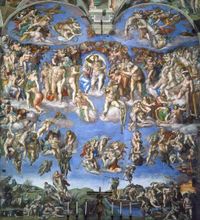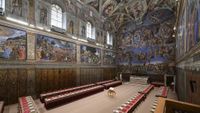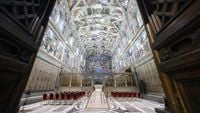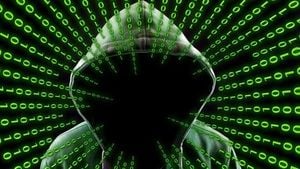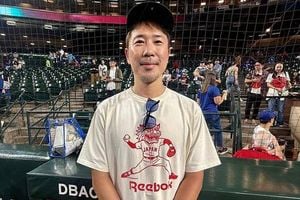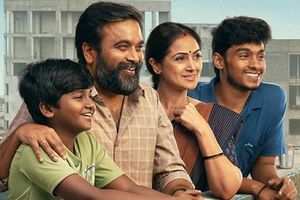As the sun sets over Vatican City, all eyes turn to the Sistine Chapel where the conclave to elect a new pope begins today, May 7, 2025, at 4:30 PM. The atmosphere is charged with anticipation and uncertainty following the death of Pope Francis on April 21, 2025, at the age of 88. This conclave, marked by its unprecedented size and diversity, is set to be a significant moment in the history of the Catholic Church.
For the first time in history, the conclave will see 133 cardinal electors, the highest number ever, convene to select a successor. These cardinals hail from over 70 countries, reflecting a global Catholic community that is both varied and complex. The gathering resembles a mini United Nations, with representatives from regions as diverse as Africa, Europe, Asia, and the Americas.
The day begins with a solemn mass at St. Peter's Basilica, presided over by Cardinal Giovanni Battista Re, the dean of the College of Cardinals. At 10 AM, the cardinals gather to pray for guidance from the Holy Spirit, seeking wisdom as they prepare for the weighty responsibility ahead. After the mass, a procession leads them to the Sistine Chapel, where they will be locked in until a new pope is elected.
As they enter the chapel, the cardinals are reminded of the significant task before them. Giovanni Battista Re emphasizes the need for unity within the Church, stating, "The future pope will face a complex turning point in history." The discussions leading up to the conclave have revealed two main factions among the cardinals: one advocating for continuity with Pope Francis's progressive approach, and another favoring a return to traditional doctrine.
The first votes are not expected until later this afternoon, with only one symbolic vote scheduled for today. The average duration of recent conclaves has been around three days, although the last conclave in 2013 lasted just two days. The cardinals will have the opportunity to vote up to four times a day until a consensus is reached.
One of the key aspects of this conclave is the influence of Pope Francis himself, who appointed approximately 80% of the current cardinals. His appointments have often focused on expanding the Church's presence in less represented regions, which could play a critical role in shaping the future direction of the papacy.
As the cardinals prepare to cast their votes, the anticipation builds. Once a new pope is elected, white smoke will rise from a chimney above the chapel, signaling the announcement of the new pontiff. A senior cardinal will then proclaim the joyous news from the balcony of St. Peter's Basilica, uttering the famous words, "Habemus Papam!" (We have a pope!).
However, the process is not without its challenges. The cardinals are fully aware of the divisions within the Church, and many have expressed the need for a leader who can bridge these gaps and unify the faithful. Cardinal Bera Néyésus Souraphiel from Ethiopia highlights the importance of understanding local realities, stating, "Each cardinal has spoken of his local situation. In Ethiopia, for instance, we have youths who have risked their lives to reach Europe. Thirty of these young people have been martyred."
With the conclave now underway, the world watches closely, eager to see who will emerge as the new leader of the Catholic Church. The outcome remains uncertain, with numerous names being floated as potential successors. Among the frontrunners are Cardinal Pietro Parolin from Italy and Cardinal Luis Antonio Tagle from the Philippines, both of whom are seen as capable of continuing the mission set forth by Pope Francis.
As the clock ticks down to the first vote, the cardinals are reminded of their sacred duty to elect a leader who will guide the Church through its current challenges. The future of the Catholic Church hangs in the balance, and this conclave could very well shape its course for years to come.
In the meantime, the iconic smoke signals from the Sistine Chapel will continue to draw attention, with black smoke indicating no decision has been reached, and white smoke signaling the election of a new pope. The ritual, which dates back to the early 19th century, has evolved over the years, but its significance remains unchanged.
As the world awaits the outcome, the cardinals remain cloistered, cut off from the outside world, engaged in prayer and deliberation. The decision they make will resonate far beyond the walls of the Vatican, impacting millions of Catholics around the globe.
